Q1. What is it about these curved bats that makes them unique in the modern context of Hardik Pandya T20 cricket?
A1. The curve of a bat allows it to create the optimum launch angle, around 45 or so degrees, which is ideal for six-hitting. So they’re generating lift very easily even against good balls like yorkers, and they’re quietly revolutionizing T20 cricket.
Q2. What is it about Hardik Pandya’s bat that separates it from others?
A2. Hardika’s bat is designed to have around 200% more curve than a regular bat, making the sweet spot much bigger and the launch angle higher. The bat was developed in collaboration with SG engineers and IIT Delhi researchers. It forms a lethal part of his six-hitting armory with a very fine focus.
Q3. How does the curvature of a bat have an impact on the sweet spot’s position?
A3. A curved bat offers a significantly larger area of striking surface than an ordinary flat one, which enlarges the sweet spot. Therefore, even slightly mistimed shots have a chance of carrying the ball all the way. The curve contributes to forgiveness towards off-center shots and power, making every shot worthy.
Q4. How did physics help design today’s cricket bats?
A4. Well, physics, as we said, basically controls our universe, such as the angle of reflection and launch trajectory. We’ve been able to track the maximum angle of 45 degrees, allowing SG engineers to be capable of maximizing the distance from a hit. The swoosh in the model guarantees consistent lift and power- the two other elements that a bat offers.
Q5. Why would a cricket-bat manufacturer take inspiration from golf clubs?
A5. Just as golf clubs-the pitching wedge, say-are used to loft the ball at an angle of 45 degrees, the bat did the same thing for the cricket ball balls being lofted by the curved sting. That is what led SG to enhance that form of launch mechanics into the cricket bat. Et voila, consistent elevation and distance from a hit.
Q6. How did Sachin Tendulkar play a part in the evolution of curved bats?
A6. As a seasoned great, he knew the natural curve created would always be an advantage since the bat, on which he customarily played, was more curved than any straight one. Very astutely, he started endorsing that curve. That simple observation sparked a scientific journey.
Q7. Are curved bats only for the elite such as Hardik?
A7. The curved bat is not exclusive to the elite anymore. The bat must be available to the masses as demanded by Hardik. SG achievably launched an entry-priced curved bat for the price of ₹12,000, and in the face of booming sales, the production was ramped up. The result has been a democratization of six-hitting.
Q8. Will the curve of a bat work against a yorker or not?
A8. Yes, the curve helps to scoop up a yorker fairly easily due to the enhanced lift provided. That is why so many cricketers rely heavily on these in cases of pressure. Players are naturally outfitted with an unfair advantage in the tough situations.
Q9. What method does SG follow in crafting the bat?
A9. It is machine-curving at SG’s works to calculate error within millionths of an inch; craftsmen later finish to an arch that describes the utmost efficiency of weight. Every detail calls for further engineering to be tailored towards the player’s style. Precision and tradition meet at this point.
Q10. What happens if a ball hits the bat at the sweet spot?
A10. When a ball hits the center of percussion, smack slightly below the balance point of a bat, it disperses energy to the ball and not the batsman’s hands, creating a magic “ping” sound, which, along with some classic blind-sixes, defines modern bat physics.



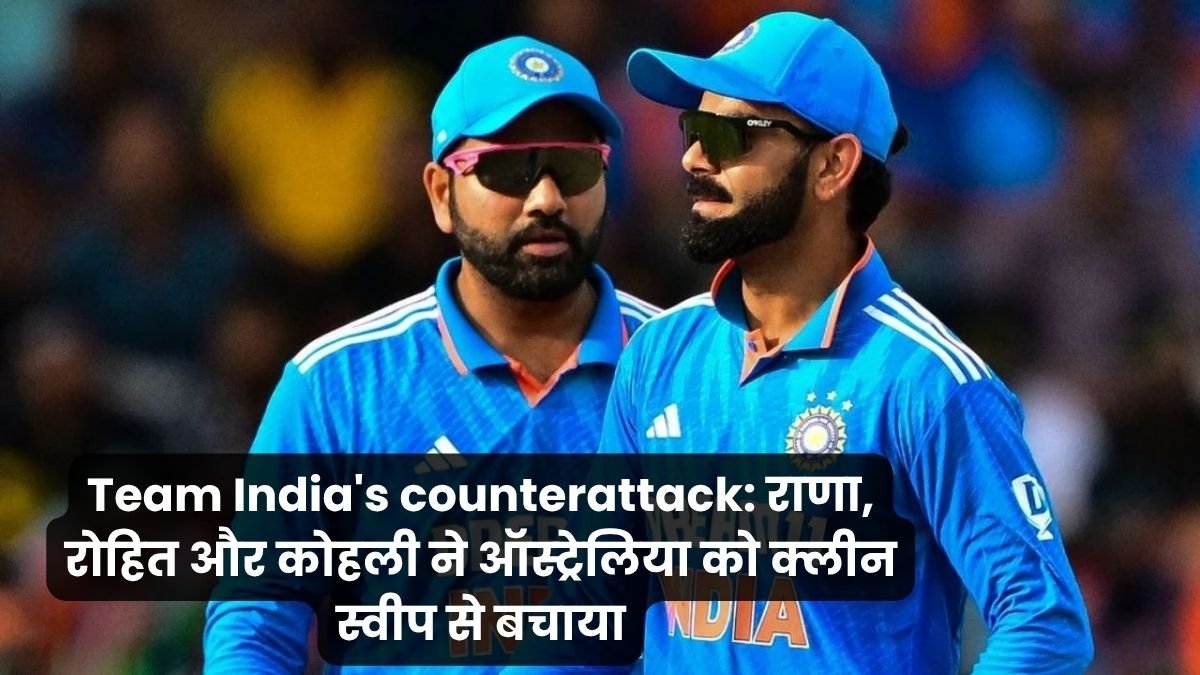
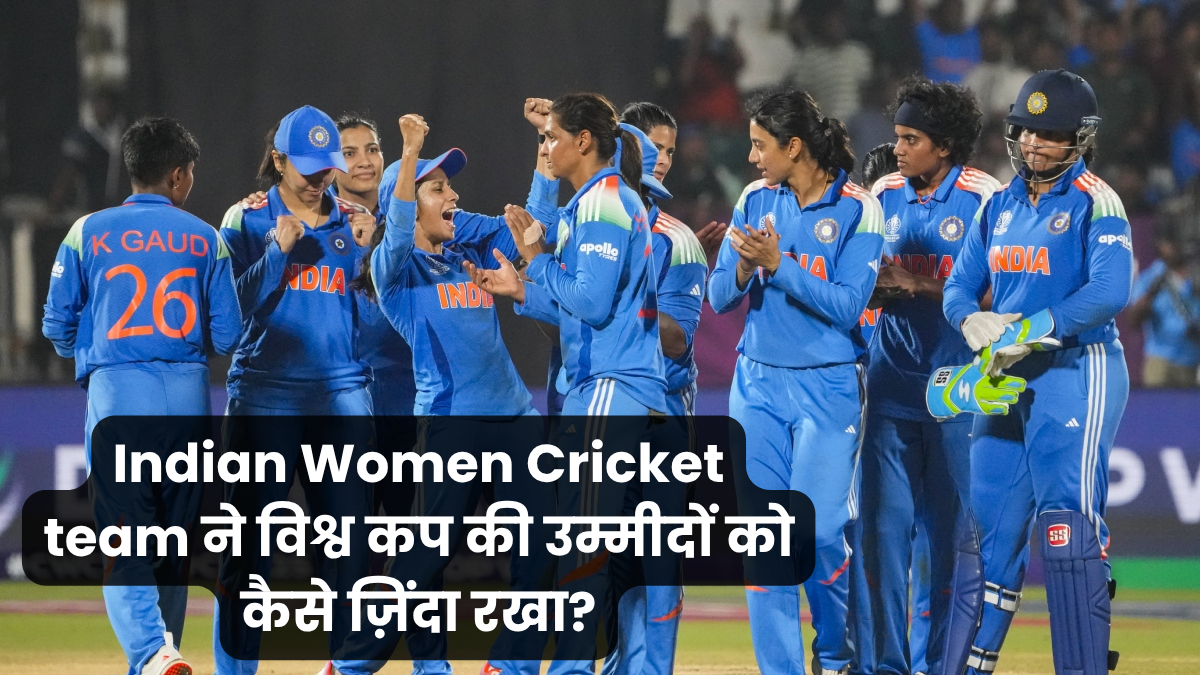
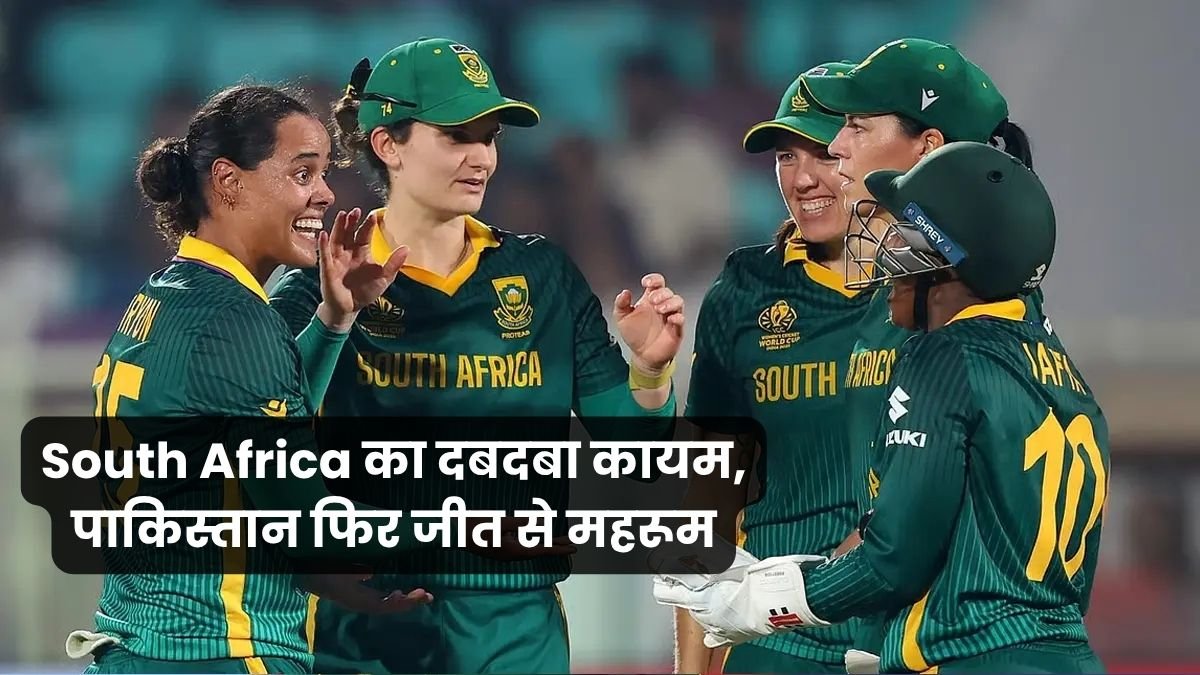
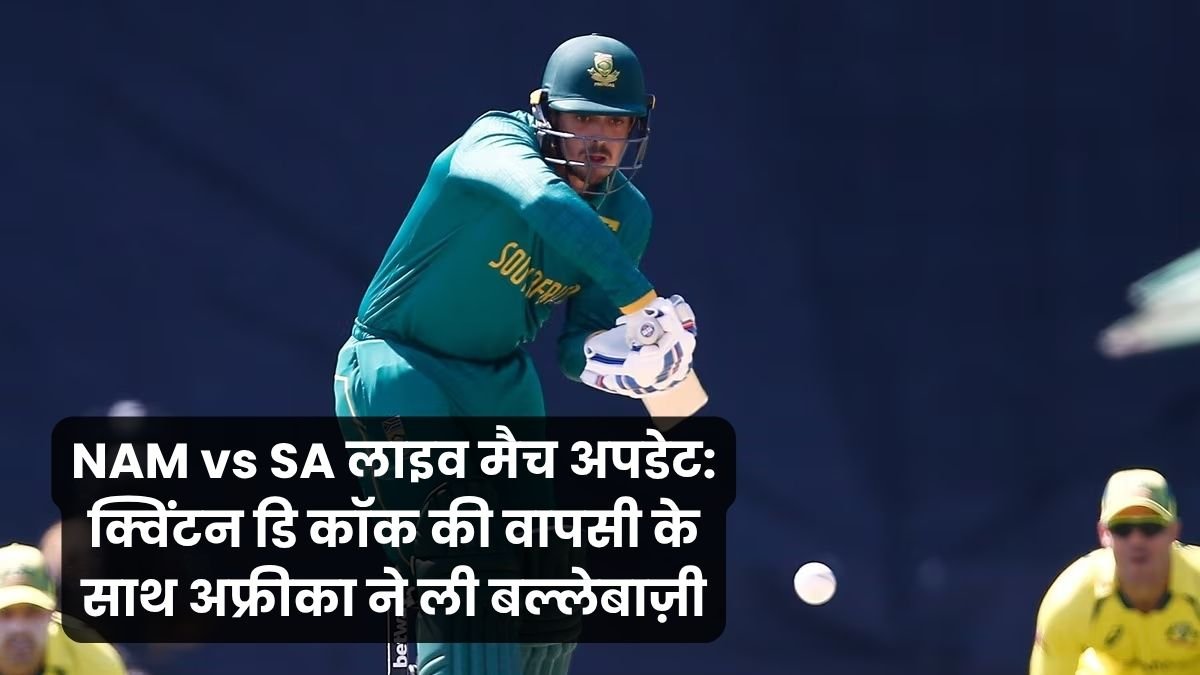
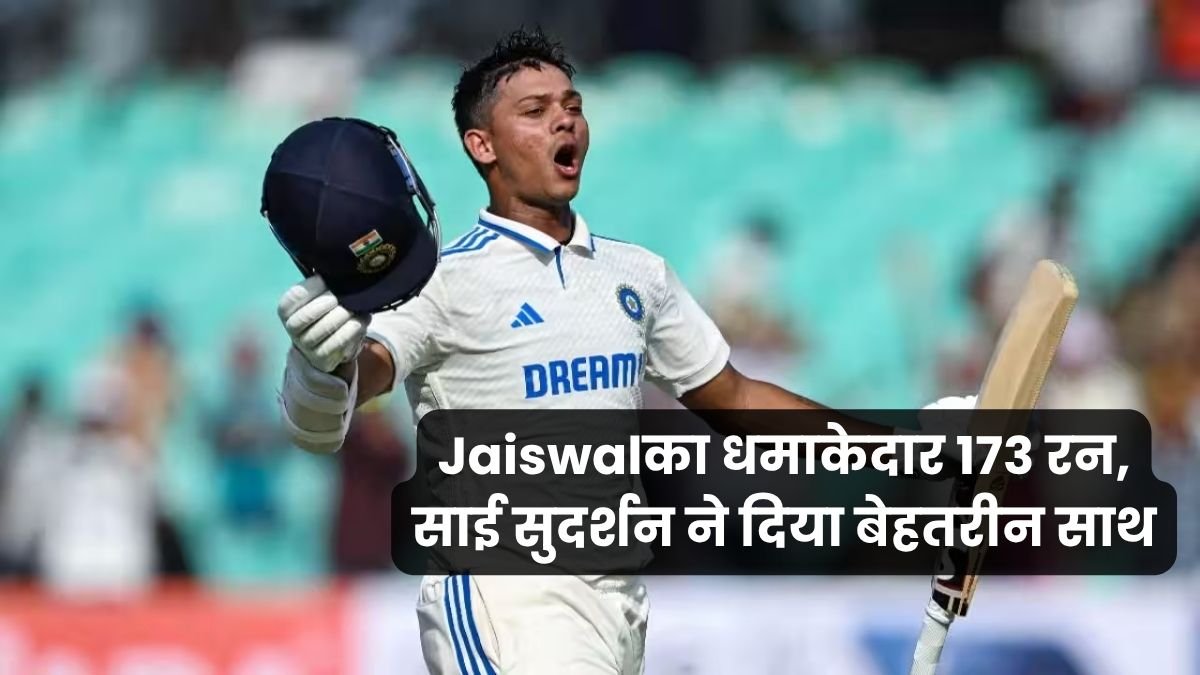
October 9, 2025